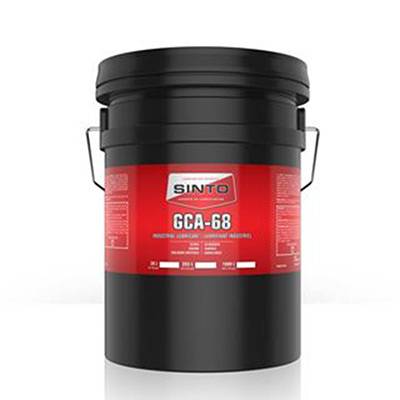Dec . 31, 2024 07:53 Back to list
a check valve
The Significance of Check Valves in Fluid Systems
In various engineering and industrial applications, the check valve is an essential component that plays a crucial role in maintaining the efficiency and safety of fluid systems. A check valve, also known as a one-way valve, is designed to allow fluid to flow in one direction while preventing backflow. This fundamental function is vital in numerous scenarios, ranging from plumbing systems in residential buildings to complex processes in oil and gas industries.
Understanding the Basics
Check valves operate based on pressure differentials. When the pressure on the inlet side exceeds that on the outlet side, the valve opens, allowing fluid to pass through. Conversely, when back pressure occurs, the valve closes, blocking reverse flow. This simple yet effective mechanism prevents potential damages that can arise from fluid backflow, such as system contamination or equipment failure.
Types of Check Valves
There are several types of check valves, each suited to specific applications. Some common types include
1. Swing Check Valve This type features a disc that swings open with flow and swings closed when flow reverses. It is ideal for applications with high flow rates and low pressure drop.
2. Lift Check Valve A lift check valve uses a disc that rises with flow and falls back into place to seal the valve. It is suitable for vertical piping systems and applications where tight sealing is essential.
3. Ball Check Valve This valve employs a ball that seals against a seat to prevent backflow. It is particularly useful in smaller pipelines and residential applications.
a check valve

Applications of Check Valves
Check valves find utility across a wide range of industries and applications. In water treatment facilities, they are crucial in preventing contamination of clean water supplies and ensuring proper flow direction throughout the system. In heating, ventilation, and air conditioning (HVAC) systems, check valves help maintain pressure and balance, contributing to energy efficiency.
In the oil and gas sector, check valves play a critical role in extraction and transportation processes. They prevent backflow in pipelines, protecting equipment from surges and maintaining consistent pressure levels necessary for the safe transport of hydrocarbons.
Moreover, in biomedical applications, such as in dialysis machines, check valves ensure that fluids flow in the intended direction, thus guaranteeing the safety and efficacy of these vital medical devices.
Benefits of Using Check Valves
The adoption of check valves in fluid systems offers numerous benefits. The primary advantage is the prevention of backflow, which can lead to costly repairs and increased downtime. By ensuring that fluids flow only in the desired direction, check valves help maintain system integrity and operational efficiency.
Additionally, check valves can significantly aid in reducing energy consumption. By preventing backflow, they eliminate the need for additional pumping systems or other measures that would be necessary to counteract the adverse effects of back pressure.
Furthermore, they contribute to safety by reducing the risk of leaks and spills that can occur when fluids unintentionally flow backward. This is especially important in sensitive environments, such as chemical processing plants or oil refineries, where spills can have catastrophic consequences.
Conclusion
In conclusion, check valves are a vital component of modern fluid systems, serving an essential purpose in ensuring safe, efficient, and reliable operations. Their variety and adaptability make them suitable for a wide range of applications across many industries. As technology continues to evolve, the design and functionality of check valves will undoubtedly advance, further enhancing their role in fluid engineering. Proper selection, installation, and maintenance of these valves are critical to optimizing system performance and preventing costly failures. Thus, understanding and appreciating the significance of check valves is crucial for engineers and technicians working in fluid-related fields.
-
Flanged Gate Valve: A Reliable Choice for Industrial and Municipal SystemsNewsAug.20,2025
-
Soft Seal Gate Valve: A Modern Solution for Reliable Pipeline ControlNewsAug.20,2025
-
Gate Valve Types: Understanding the Options for Your Pipeline SystemsNewsAug.20,2025
-
Y Type Strainer: Essential for Clean and Efficient Flow SystemsNewsAug.20,2025
-
Cast Iron Y Strainer: Durable Solutions for Demanding ApplicationsNewsAug.20,2025
-
Flanged Y Strainer: An Essential Component in Industrial Filtration SystemsNewsAug.20,2025
Related PRODUCTS









